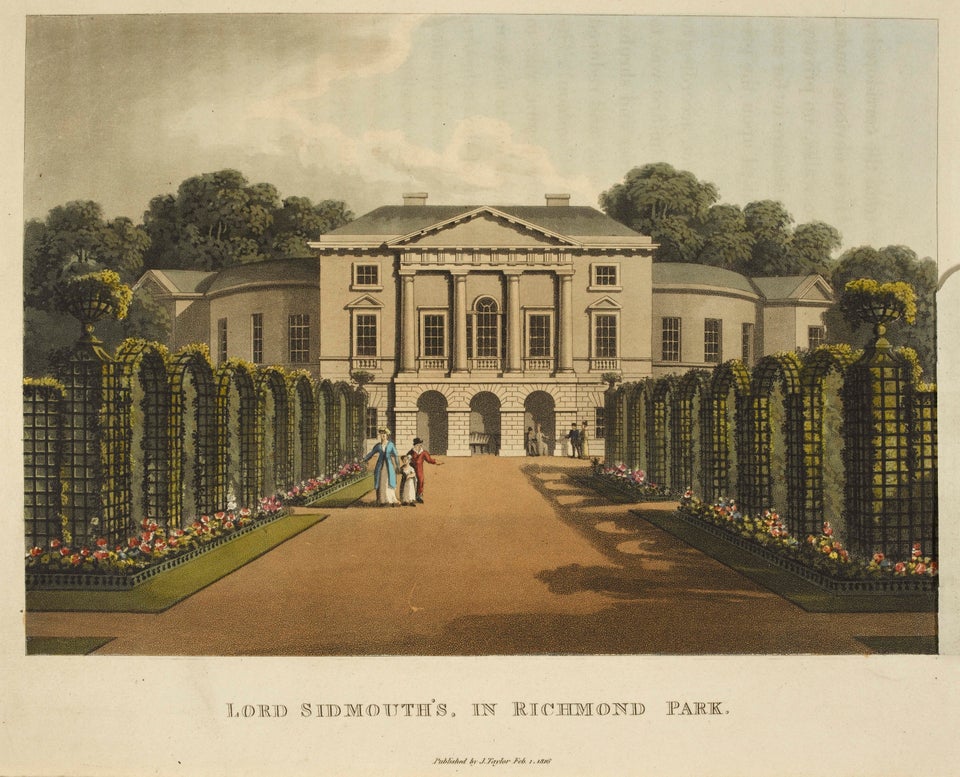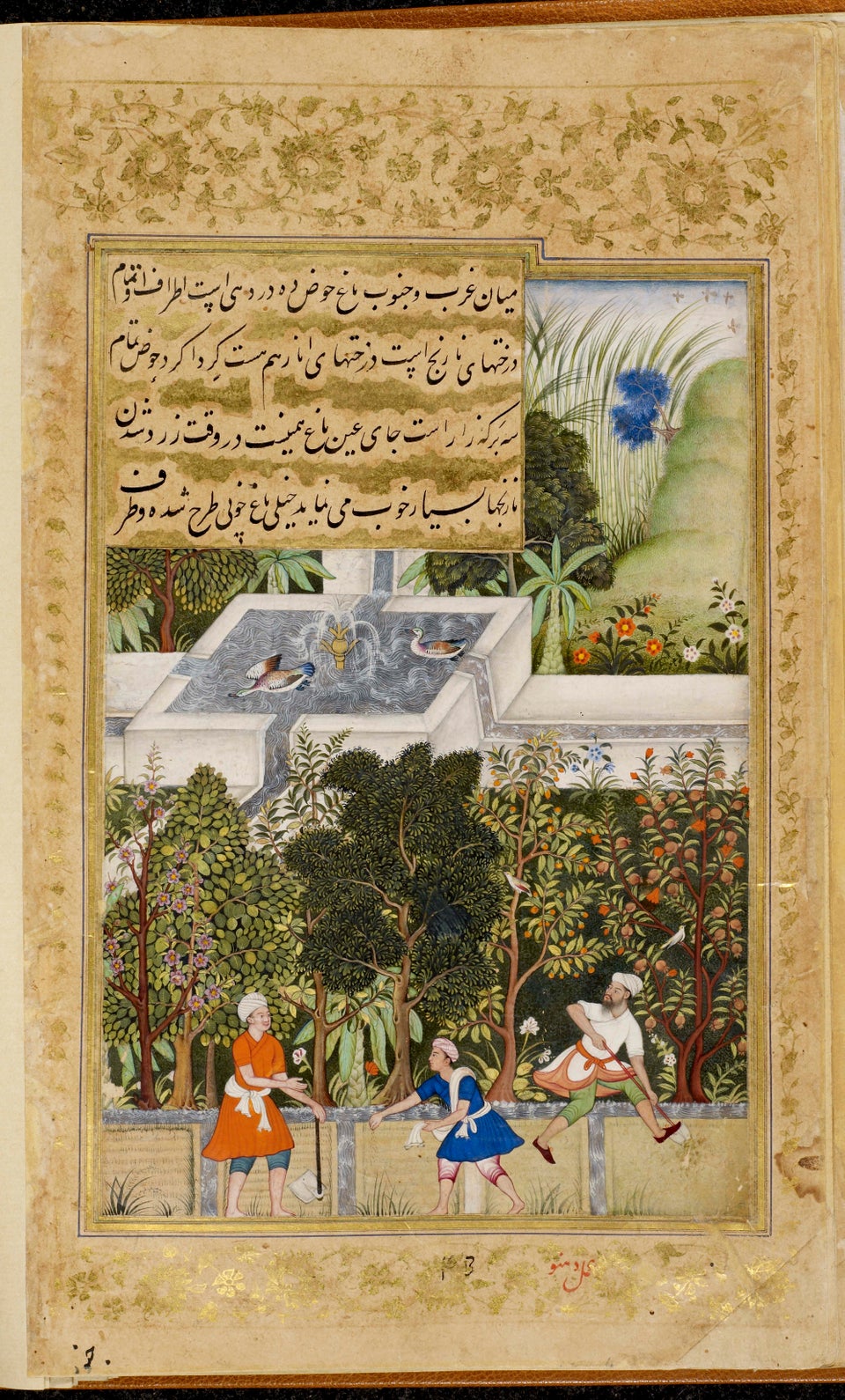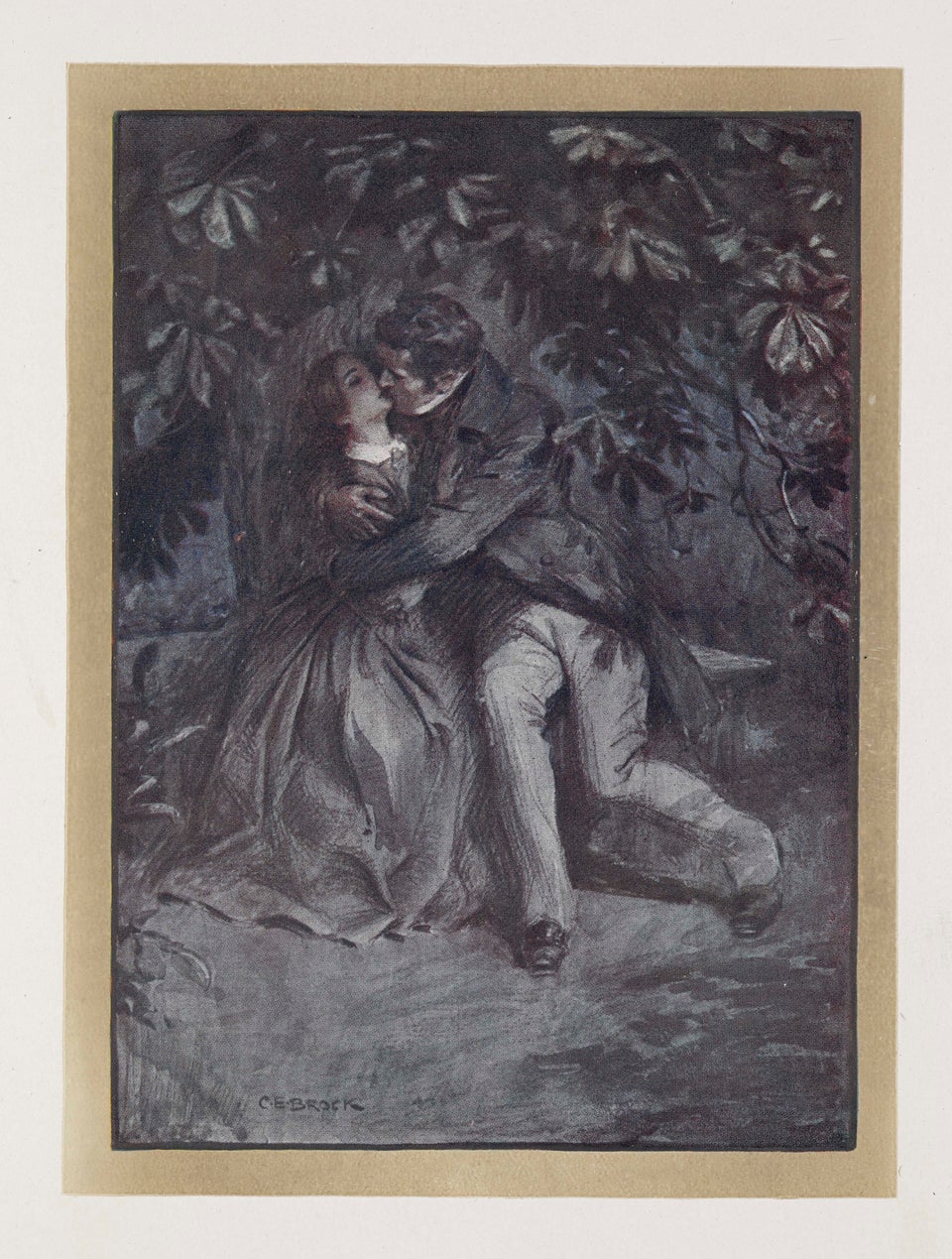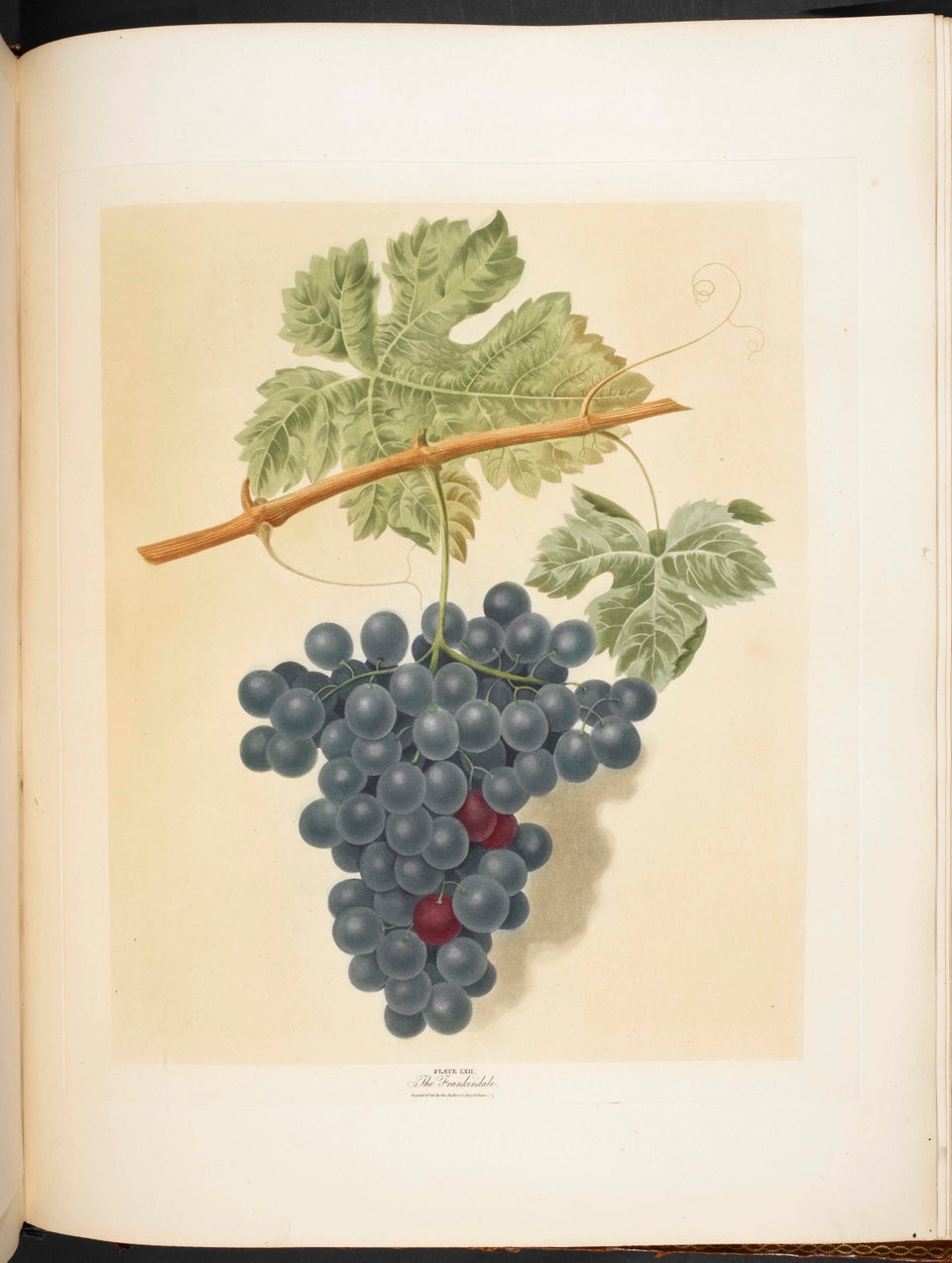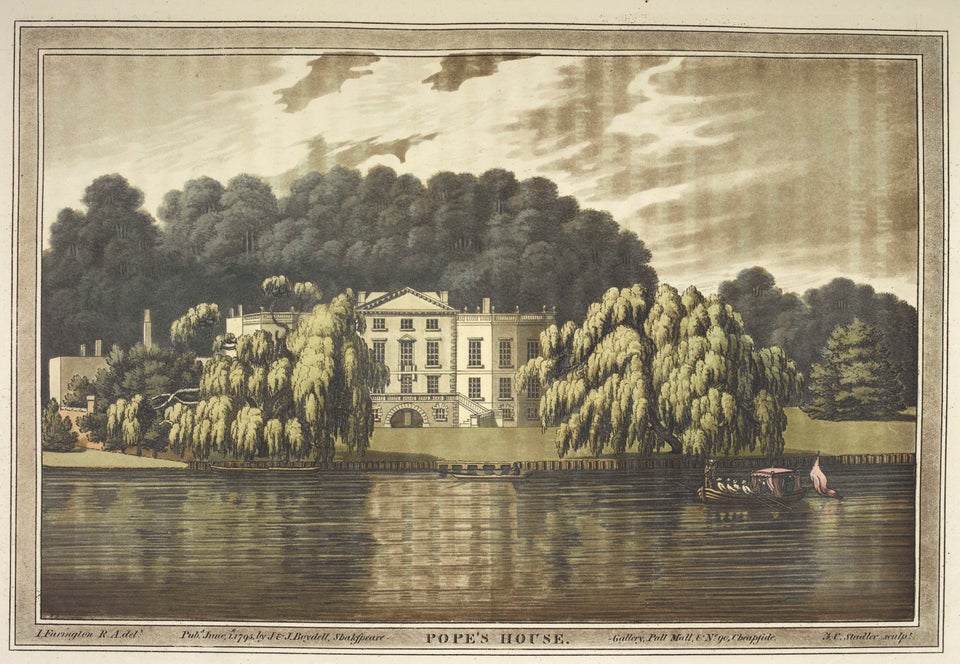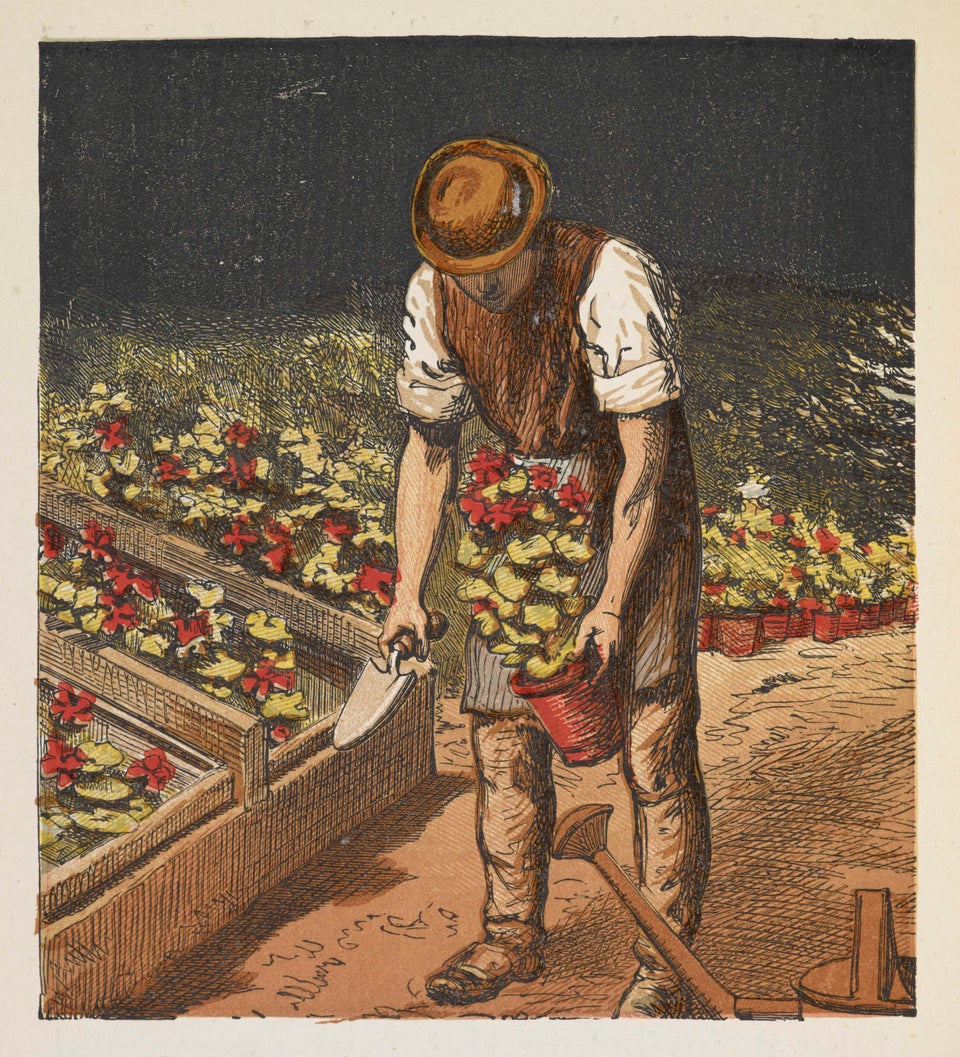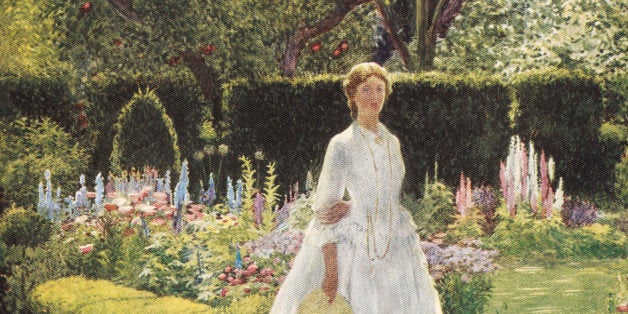
A Chinese proverb says, "a book is like a garden carried in your pocket." Jorge Luis Borges, who wrote the short story "The Garden of the Forking Paths" would agree. In his story, a professor and a scholar attempt to decode a cryptic note left by a literary ancestor, who bequeaths "to several futures (not to all) my garden of forking paths.” The "garden," it turns out, is not a physical space, but a labyrinthine novel with its own twists and turns.
Fictional gardens serve as metaphors not only for winding plots, but also for contemplation, as in Henry James's Portrait of a Lady, and for suppressed desires, as in Lady Chatterly's Lover by D.H. Lawrence, in which a disgruntled woman has an affair with a gamekeeper. Lawrence writes, "the wood was silent, still and secret in the evening drizzle of rain, full of the mystery of eggs and half-open buds... in the dimness of it all trees glistened naked and dark as if they had unclothed themselves, and the green things on earth seemed to hum with greenness." And of course, Elizabeth Bennett might not be charmed by Mr. Darcy initially, but his sprawling gardens play a role in her altered opinions about his character.
A number of authors tended gardens in addition to writing about them. Thomas Jefferson designed and maintained the landscape at Monticello, including his vegetable garden, which contained over 70 species of vegetables. Robert Louis Stevenson, whose collection A Child's Garden of Verses contains lovely scenes, such as "When the golden day is done/ Through the closing portal/ Child and garden, flower and sun/ Vanish all things mortal," began gardening himself later in life.
Below are seven of the greatest gardens described in literature. If only we could spend all day reading in them!
The following images and text are from Pleasures of the Garden: A Literary Anthology [British Library, $30.00]:
